A Comprehensive Guide to the DVSA Part 3 Standards Check: Understanding Competencies for Success
The DVSA Part 3 Standards Check is a crucial final assessment for potential driving instructors to become qualified. It ensures that they understand road safety and are proficient in effectively teaching, managing risk, and planning lessons. The test assesses them across three primary competencies: Lesson Planning, Risk Management, and Teaching and Learning Strategies. Within these core areas, instructors are evaluated on 17 specific, more minor competencies detailed on the Standards Check marking sheet.
To achieve a passing score, instructors must demonstrate satisfactory expertise in all three main competencies, ensuring they can provide structured, safe, and effective learning experiences. My experience as a trainer has resulted in me trying to simplify and remove the confusion about what is required by a PDI or ADI sitting this test. Without listing each of the 17 competencies you will be assessed on, I will focus on the three main key areas.
Overview of the DVSA Part 3 Standards Check
The Standards Check is an in-car assessment that lasts around one hour, during which an instructor teaches a lesson to an actual student. A DVSA examiner observes the lesson, evaluating the instructor on 17 competencies under the three main categories: Lesson Planning, Risk Management, and Teaching and Learning Strategies. Each competency is rated on a scale from 0 to 3, ensuring that the instructor is safe and effective in their teaching approach.
Lesson Planning
This main competency assesses how well the instructor prepares for the lesson, ensuring that it appropriately meets the learner’s needs and progresses their driving skills. This competency ensures that lessons are structured, goal-orientated, and adaptable to the learner’s needs. It is not about the Instructor doing a lesson they feel confident in and prefer to do!
Smaller Competencies within Lesson Planning
1. Lesson Structure:
The lesson should have a clear beginning, middle, and end, with goals set at the start, exercises that target these goals, and a review at the end. The instructor’s ability to outline a coherent lesson plan is critical for meeting the learner’s objectives.
2. Learner Goals and Needs:
The instructor should assess and understand the learner’s current skill level and any specific needs. This involves tailoring the lesson content to these requirements, making it relevant and focused on areas needing improvement. Adapt the lesson if necessary to help keep the car safe and maintain the pupil's confidence! Do not let them struggle!
3. Agreed Learning Outcomes:
The instructor and learner should agree on what they hope to achieve by the end of the lesson. This involves setting realistic, achievable goals that guide the session and allow for measurable progress.
Importance of Lesson Planning
Effective lesson planning sets the foundation for successful, positive learning. By structuring the lesson around clear goals and adapting to the learner’s needs, the learner remains engaged in the process and will feel they are improving. They should not leave the lesson feeling negative. This competency links with Teaching and Learning Strategies, as well-structured lessons are easier to teach and facilitate better learning outcomes.
Now, let's look at perhaps the most critical skill set you must master—which often seems to cause the most confusion.
Risk Management
Risk Management focuses on the instructor’s ability to identify and manage potential risks throughout the lesson. Instructors must ensure the safety of both the learner and other road users by controlling risks and guiding learners on handling various driving situations safely.
Smaller Competencies in Risk Management
1. Instructor Takes Responsibility Where Necessary:
When a situation arises that could compromise safety, the instructor must take control, stepping in to prevent an accident or error if the learner cannot manage it independently. Know your pupil!
2. Learner Demonstrates Responsibility for Risk:
Instructors must encourage learners to take ownership of their actions and decisions, promoting accountability and the development of safe driving habits. This involves guiding learners to make responsible choices and understand the consequences of their actions. Be proactive. "How are you going to deal with this Bus up ahead?" asked in good time! "What clues are you looking for?" Instruct if the pupil looks lost rather than letting things go wrong, resulting in a potential safety critical incident!
3. Identifies Risks:
The instructor should continuously assess for potential hazards and discuss them with the learner as they appear, promoting awareness and proactive risk management. They must be looking well ahead LADA, Look Asses, Decide and Act!
4. Manages Risks:
The instructor should effectively manage risks by intervening or helping the learner adjust their behaviour to avoid unsafe situations. This competency requires quick decision-making and effective communication skills.
Importance of Risk Management
Risk Management is central to safe driving instruction. Instructors must create an environment where learners are protected while being taught to identify and respond to hazards. This competency directly impacts the Teaching and Learning Strategies assessment, as a lesson cannot proceed effectively without risk control.
Teaching and Learning Strategies
Teaching and Learning Strategies assess the instructor’s ability to communicate effectively, adapt teaching methods, and encourage the learner’s development. This competency ensures that instructors can facilitate learning in an engaging, productive way, promoting skill retention and confidence. If your learners usually sit quietly and do not ask questions, in other words, are not fully engaged, then you are doing something wrong and lacking in this area.
Smaller Competencies in Teaching and Learning Strategies
1. Encourages Learner Responsibility:
Instructors should empower learners to take charge of their progress, encouraging them to reflect on their performance and make decisions independently. Often, I hear Instructors call this irresponsible or too risky. Perhaps these instructors are picking the wrong routes or not recognising their pupil's needs.
2. Uses a Range of Teaching Styles:
A good instructor adapts their teaching style to suit the learner’s preferences, whether through demonstration, discussion, or other methods. It must be the instructor who adapts, not the pupil. We all learn in our own ways, and we feel more confident when we do.
3. Checks for Understanding:
Instructors should regularly assess whether the learner understands instructions and concepts, asking questions or prompting feedback to confirm comprehension. Input from the pupil first! Always!
4. Corrects Errors in a Supportive Manner:
When mistakes are made, instructors should correct them constructively, using errors as learning opportunities without discouraging or making the learner feel bad.
5. Provides Timely and Relevant Feedback:
Feedback should be given promptly after actions or decisions, helping learners understand what they did right or wrong and how to improve. Just because your pupil dealt with a tricky situation correctly does not mean they did so as part of a well-thought-out plan. They could have been hoping for the best!
6. Encourages Development of Independent Driving Skills:
Instructors should prepare learners for independent driving by encouraging them to make decisions and think critically about their driving. "How did that last junction feel?" "What else could you have done?" "What would you have done differently if the driver opposite was not looking at us?" "Would you still have been that cautious if you were driving with your mates once you have passed your test?"
7. Sets an Appropriate Level of Challenge:
Lessons should be challenging enough to promote progress but not so difficult as to overwhelm the learner. Instructors should adjust the difficulty based on the learner’s skill level. Repeating the same routes every week can result in the learner wrongly feeling they are better drivers than they are. Instructors often state their pupils are always asking if they can book their test well before the instructor feels they are anywhere near ready. My response is nearly always, "Perhaps you are not making each lesson a little more challenging?" If their learner is never getting things wrong or finding tasks a little more challenging, they are bound to feel ready.
Importance of Teaching and Learning Strategies
This competency ensures instructors create a supportive learning environment that helps learners retain skills and build confidence. It ties into Lesson Planning, as structured lessons allow for better instructional flow and effective risk management, which underpin or are at the root of a safe learning space.
Interconnected Competencies: Which Ones Affect Others?
Among the 17 competencies, several have a direct impact on the assessment of other competencies:
Lesson Structure (Lesson Planning) affects Teaching and Learning Strategies by setting a clear framework that makes it easier for learners to engage and understand the lesson.
Instructor Takes Responsibility Where Necessary (Risk Management) directly influences the Teaching and Learning Strategies, as learners feel safer and more receptive to instruction when the instructor is in control.
Checks for Understanding (Teaching and Learning Strategies) impact the effectiveness of Risk Management, as an instructor who verifies understanding helps prevent risky behaviours.
Encourages Development of Independent Driving Skills (Teaching and Learning Strategies) ties back to Lesson Planning, as structured lessons make it progressively easier to increase the learner’s ability.
Conclusion
The DVSA Part 3 Standards Check is a comprehensive assessment, and mastering each competency is essential for instructors seeking to teach safely and effectively. Understanding how each competency is interconnected allows you to create structured, engaging, and safe learning environments, supporting your learners' growth and preparing them for independent driving. Whether planning lessons, managing risks, or employing effective teaching strategies, each skill is linked to the other, leading to a great lesson, a successful part 3, and that all-important Green badge. Remember! You need to pass; achieving an A-Grade would be excellent, but there is plenty of time to improve. Perhaps that's why it is called a Standards Check.
Reading the above, hopefully, has cleared some of the confusion about what is required. Picking the right trainer, one that is Grade-A, one that can help you develop the required skills and, more importantly, give you the understanding you need, has to be the only way to go.
If you want my help or support complete the following form, you know it makes sense.
Contact Chris Today!

 Twitter
Twitter Facebook
Facebook Linkedin
Linkedin

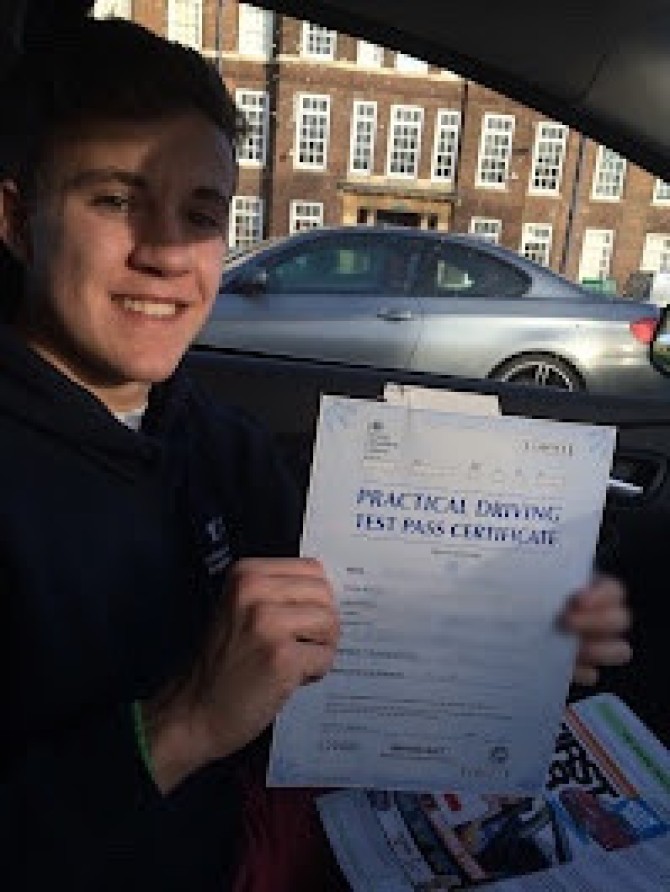
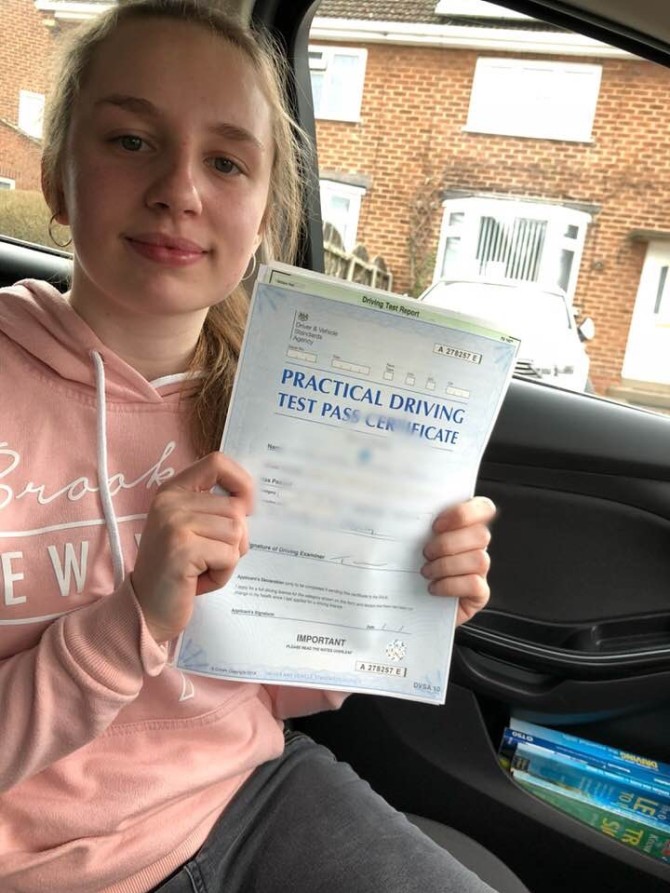

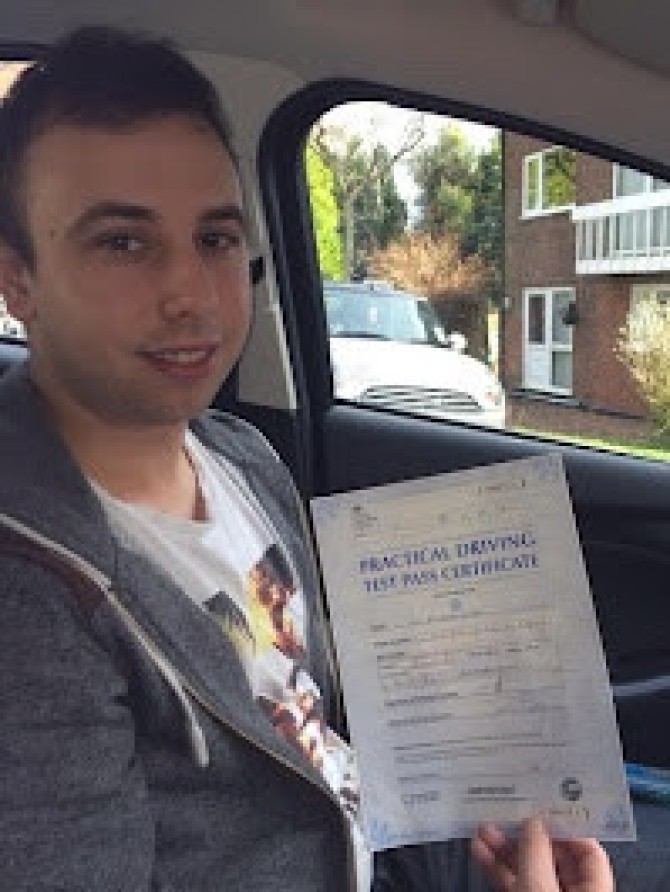
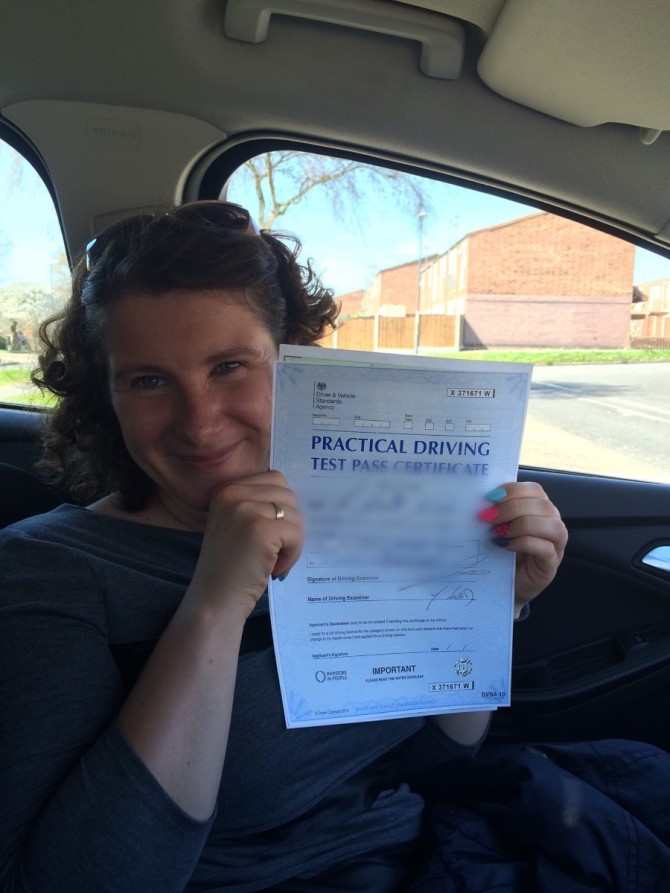

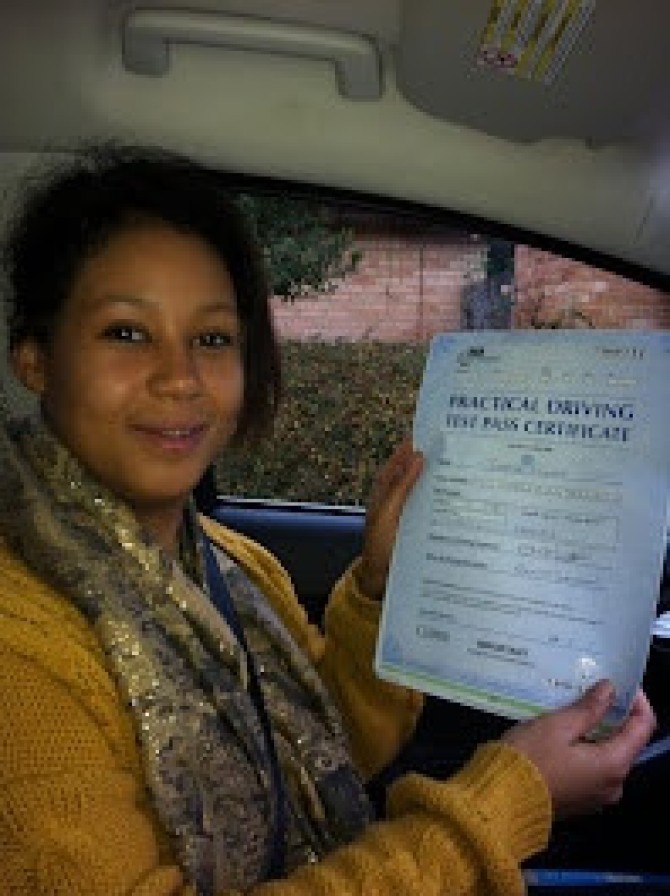


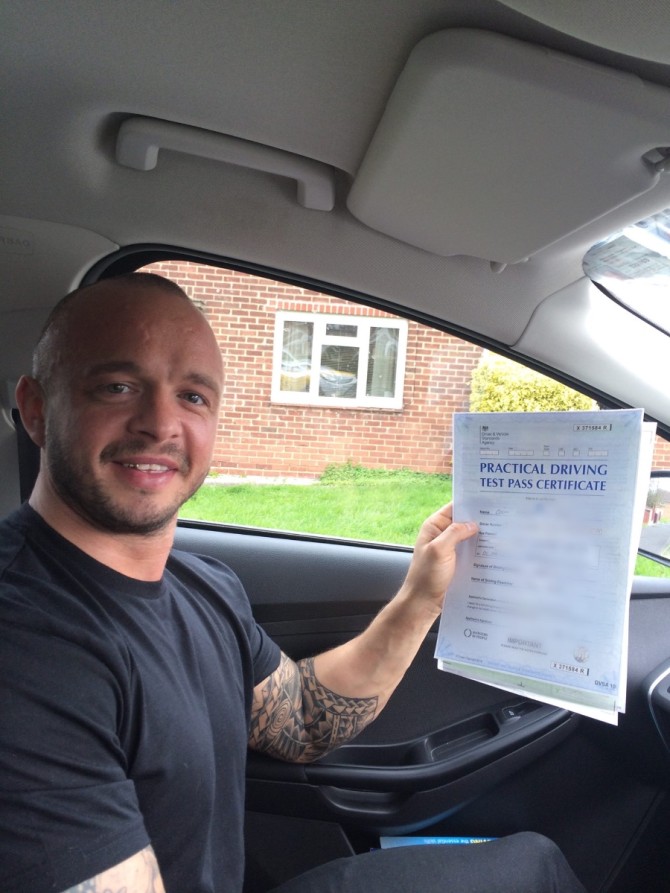

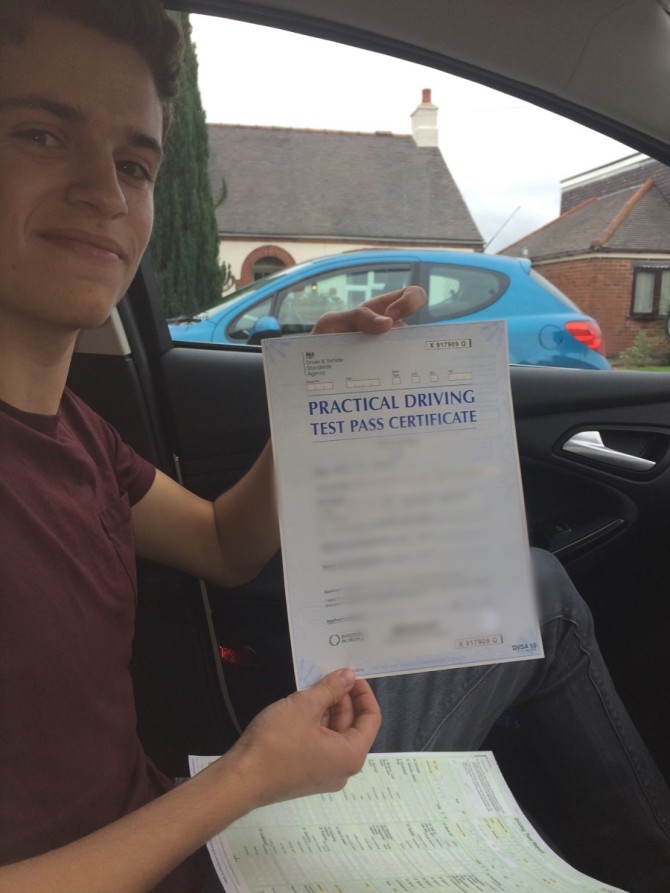

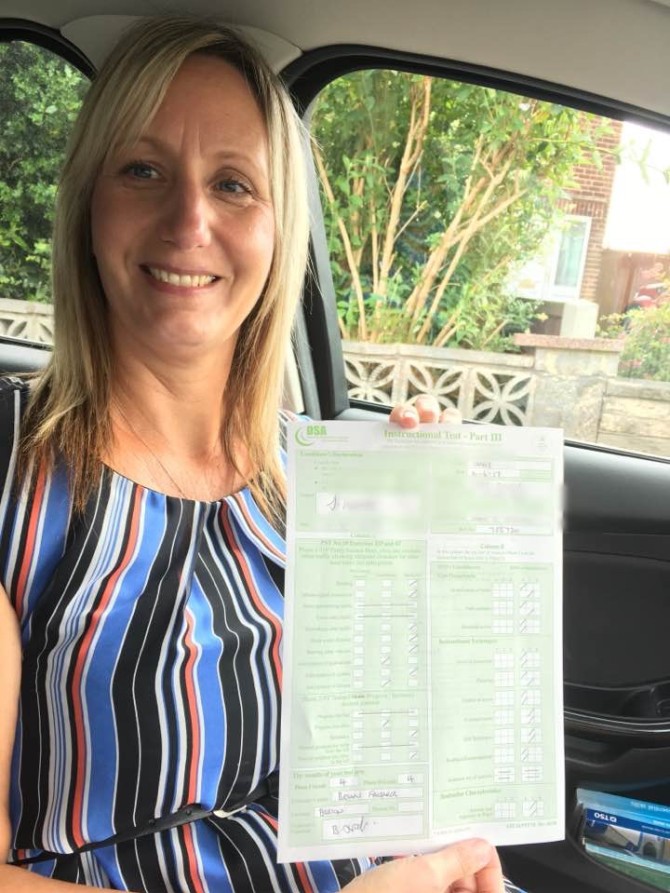



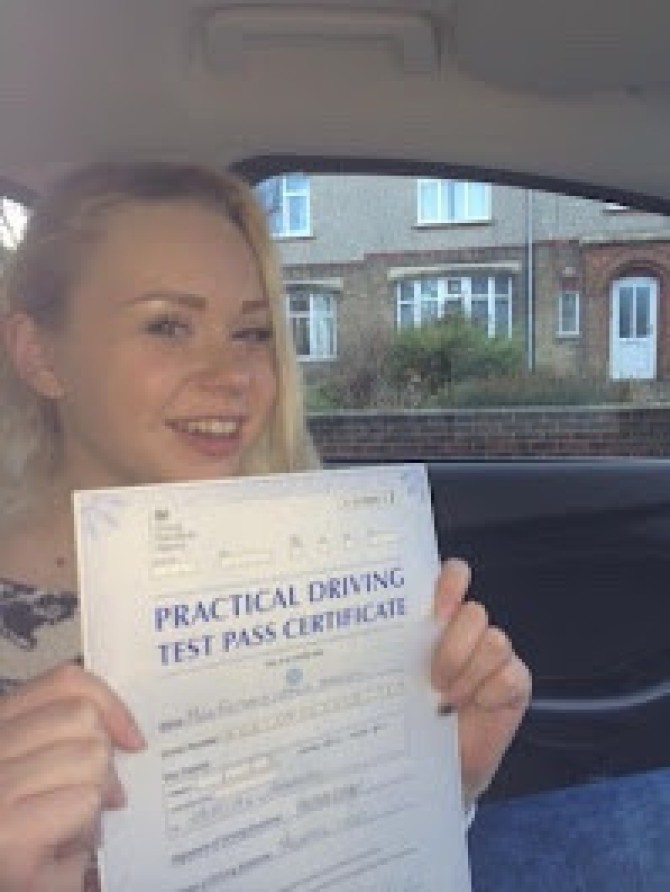


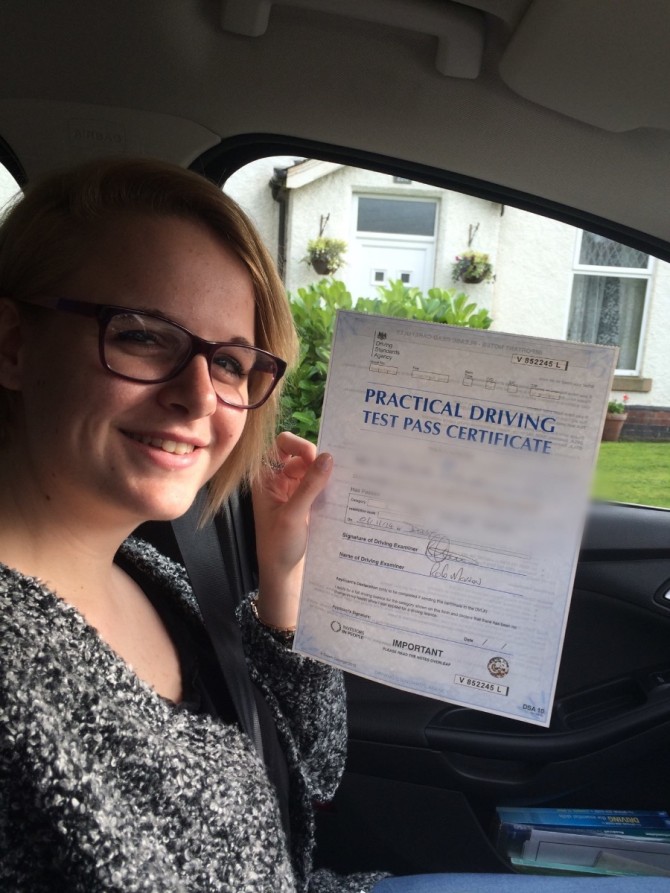
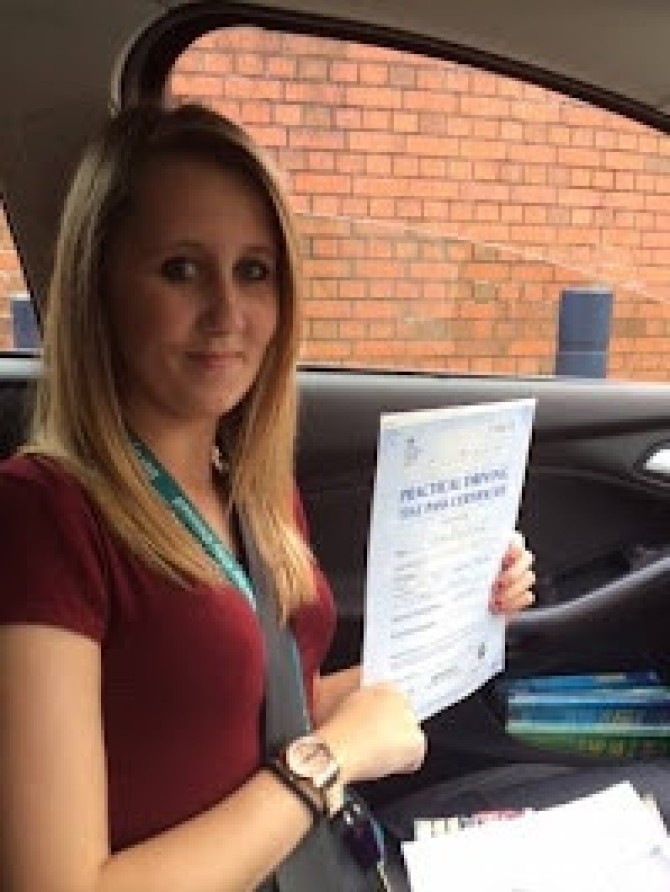

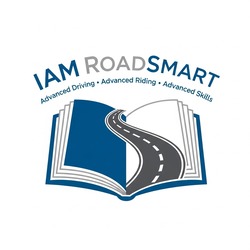
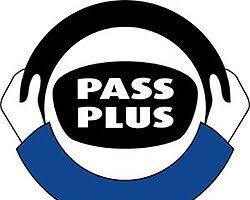

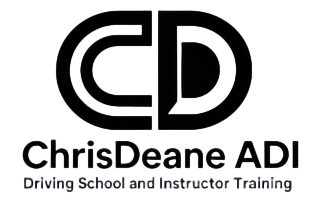
 emergencies, such as changing a flat tyre on the hard shoulder or safely waiting for help in case of a breakdown.
emergencies, such as changing a flat tyre on the hard shoulder or safely waiting for help in case of a breakdown.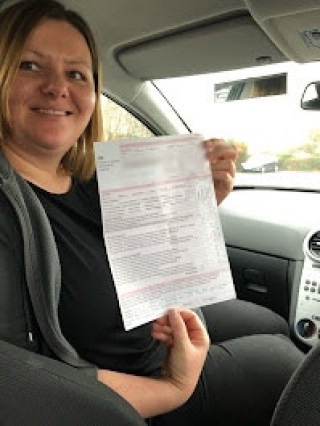 First of all, I’d like to say that I feel extremely lucky and privileged to have Chris as my instructor.
First of all, I’d like to say that I feel extremely lucky and privileged to have Chris as my instructor.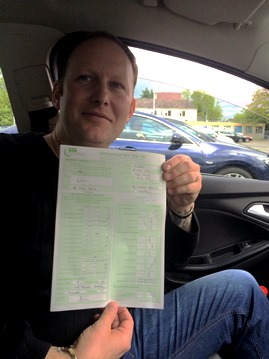 Chris, when I came to you, I had already failed my first attempt at the dreaded part 3 test. I thought that I was strong enough to have passed the test, but the reality was that I had very little understanding of how a part 3 should be tackled.
Chris, when I came to you, I had already failed my first attempt at the dreaded part 3 test. I thought that I was strong enough to have passed the test, but the reality was that I had very little understanding of how a part 3 should be tackled. Once I had signed up to my training and I had made the decision to become an ADI. I received a phone call from Chris to go over what the process entailed and what was expected from me. We arranged our first meeting and I remember being put at ease straight away.
Once I had signed up to my training and I had made the decision to become an ADI. I received a phone call from Chris to go over what the process entailed and what was expected from me. We arranged our first meeting and I remember being put at ease straight away.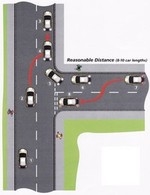 Maneuvering is defined by the DVSA (Driver and Vehicle Standards Agency) as any car movement that involves reversing or turning. We all do it regularly without thinking, such as reversing on or off our driveways, parking behind our neighbour's car, or having to turn around when we enter a cul-de-sac by mistake! The manoeuvres required on the driving test are set to simulate these everyday occurrences.
Maneuvering is defined by the DVSA (Driver and Vehicle Standards Agency) as any car movement that involves reversing or turning. We all do it regularly without thinking, such as reversing on or off our driveways, parking behind our neighbour's car, or having to turn around when we enter a cul-de-sac by mistake! The manoeuvres required on the driving test are set to simulate these everyday occurrences. On the ADI part 2 test, you will be expected to carry out the above maneuvers and either the parallel or bay park (not both!). On the DL25 marking sheet, the examiner (SE) may record faults for either Control or Observation under each heading. As instructors, we teach both and look for accuracy, which would be marked as control if not achieved on the driving test. Let’s examine these elements to gain a deeper understanding of how to achieve success.
On the ADI part 2 test, you will be expected to carry out the above maneuvers and either the parallel or bay park (not both!). On the DL25 marking sheet, the examiner (SE) may record faults for either Control or Observation under each heading. As instructors, we teach both and look for accuracy, which would be marked as control if not achieved on the driving test. Let’s examine these elements to gain a deeper understanding of how to achieve success.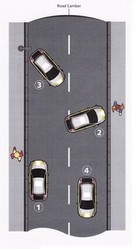 During any manoeuvre, you must make good, effective observations all around. Pedestrians may not be looking for the reverse lights, may not be paying attention, and may not expect the car to move backwards. They will see a car pointing in a specific direction and choose to walk behind it when crossing the road. When looking around, you are not just checking for approaching vehicles but also for pedestrians, so footpaths are just as important.
During any manoeuvre, you must make good, effective observations all around. Pedestrians may not be looking for the reverse lights, may not be paying attention, and may not expect the car to move backwards. They will see a car pointing in a specific direction and choose to walk behind it when crossing the road. When looking around, you are not just checking for approaching vehicles but also for pedestrians, so footpaths are just as important.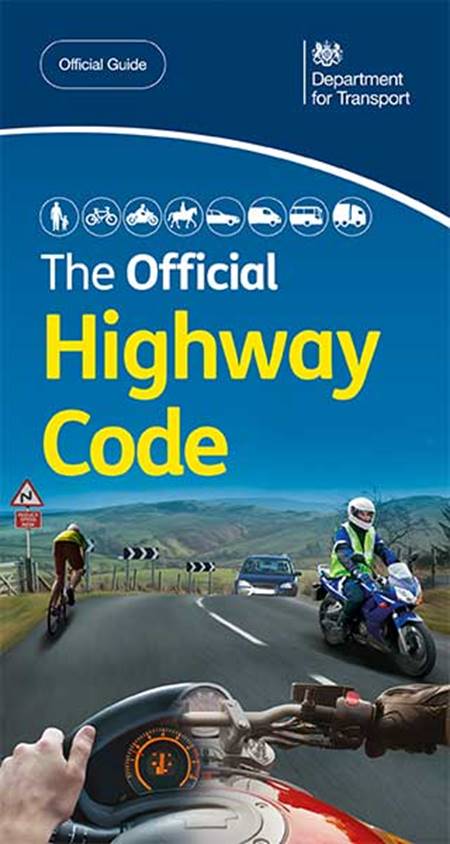 Provide Clear and Accurate Explanations to Learners: Instructors must explain the meaning of road signs and markings and their impact on learners' driving decisions. An instructor with a deep understanding of these rules can communicate effectively, helping learners understand the “what” and the “why” behind each instruction.
Provide Clear and Accurate Explanations to Learners: Instructors must explain the meaning of road signs and markings and their impact on learners' driving decisions. An instructor with a deep understanding of these rules can communicate effectively, helping learners understand the “what” and the “why” behind each instruction.
 Results and a full diary can help judge success as a driving instructor!
Results and a full diary can help judge success as a driving instructor!


 ADI Remedial Training
ADI Remedial Training Chris Deane, what can I say?
Chris Deane, what can I say? Hi, my name is James, and I recently passed my Part 3 instructional ability test at Burton test centre. I started my course in 2011, just before Christmas, with the AA. I was assigned Chris as my trainer, and once I had my books and spoken to him on the phone, I met up with Chris to talk about the course and the revision I had been doing.
Hi, my name is James, and I recently passed my Part 3 instructional ability test at Burton test centre. I started my course in 2011, just before Christmas, with the AA. I was assigned Chris as my trainer, and once I had my books and spoken to him on the phone, I met up with Chris to talk about the course and the revision I had been doing. "I've been so pleased with my training. Chris always listened to what I had to say each lesson and responded in a way which put me at ease and helped me to overcome my concerns. He has a really personal approach to training which meant that I felt the lessons suited me really well to develop my skills in a way I was happy with.
"I've been so pleased with my training. Chris always listened to what I had to say each lesson and responded in a way which put me at ease and helped me to overcome my concerns. He has a really personal approach to training which meant that I felt the lessons suited me really well to develop my skills in a way I was happy with. After an interesting 8 month process, I passed my Part 3 test on the 11th April 2014 (2nd attempt.)
After an interesting 8 month process, I passed my Part 3 test on the 11th April 2014 (2nd attempt.)